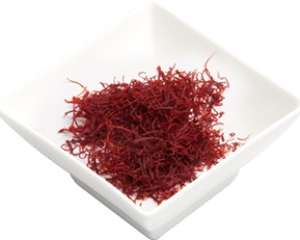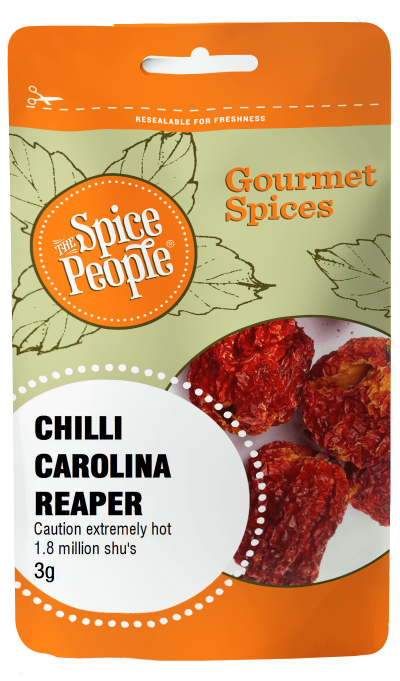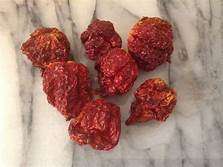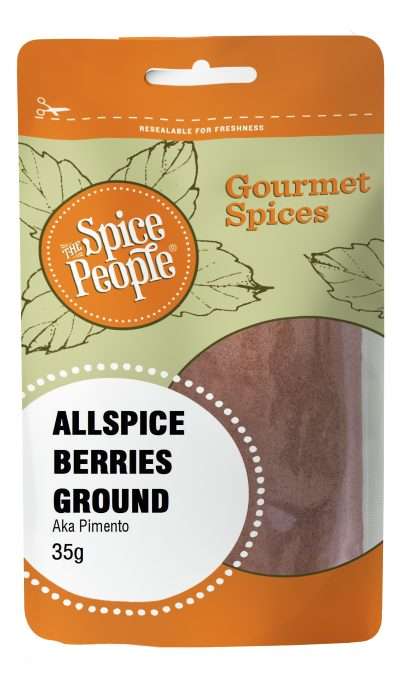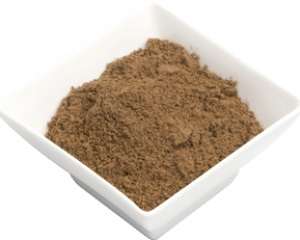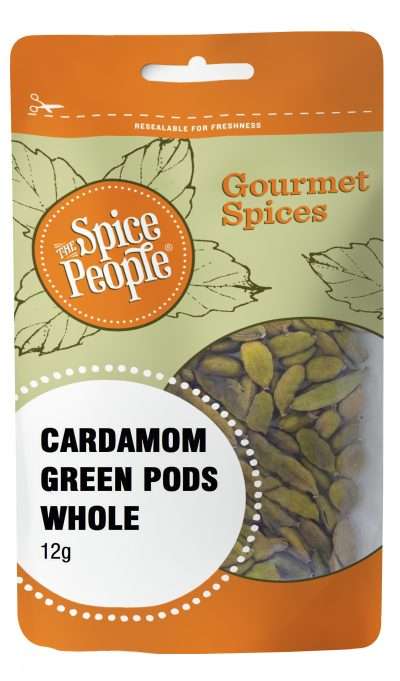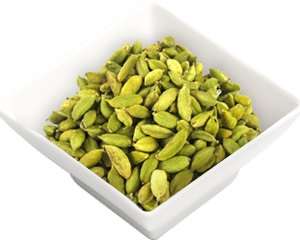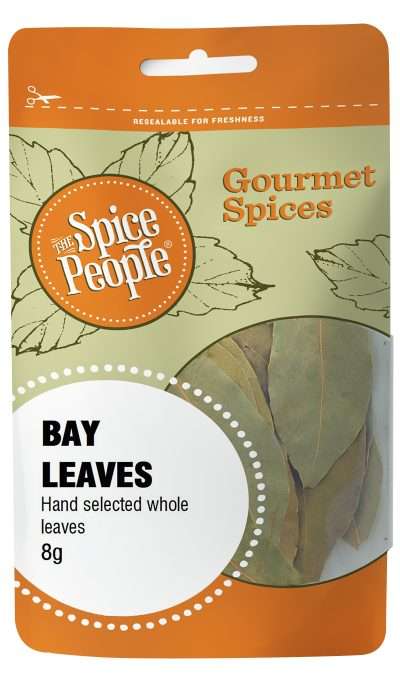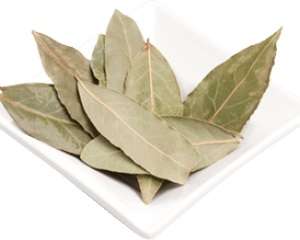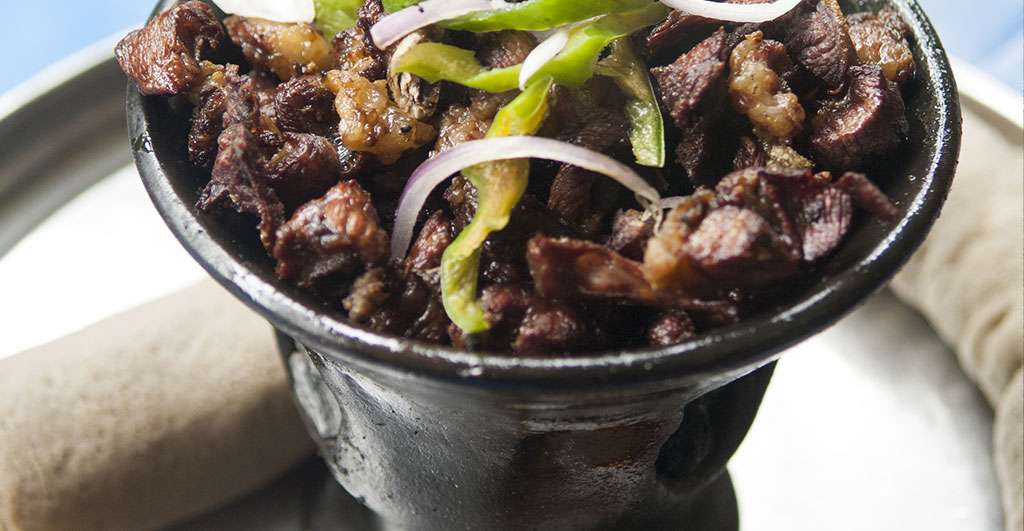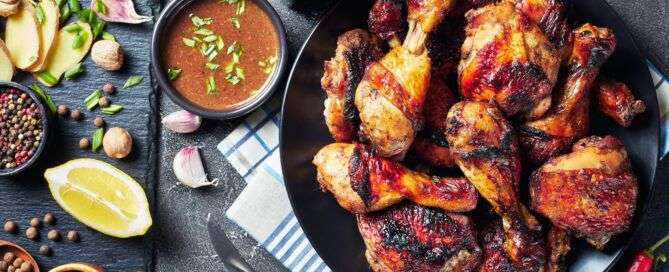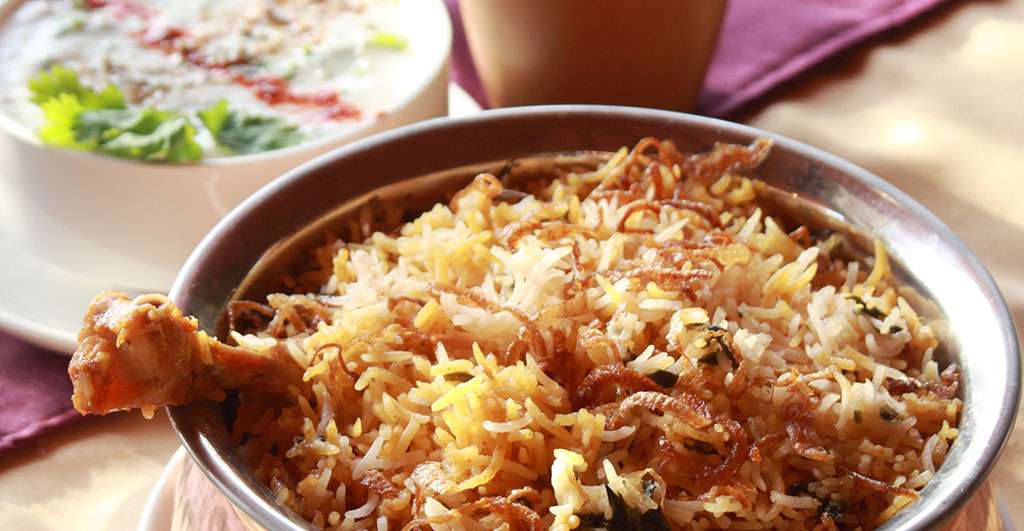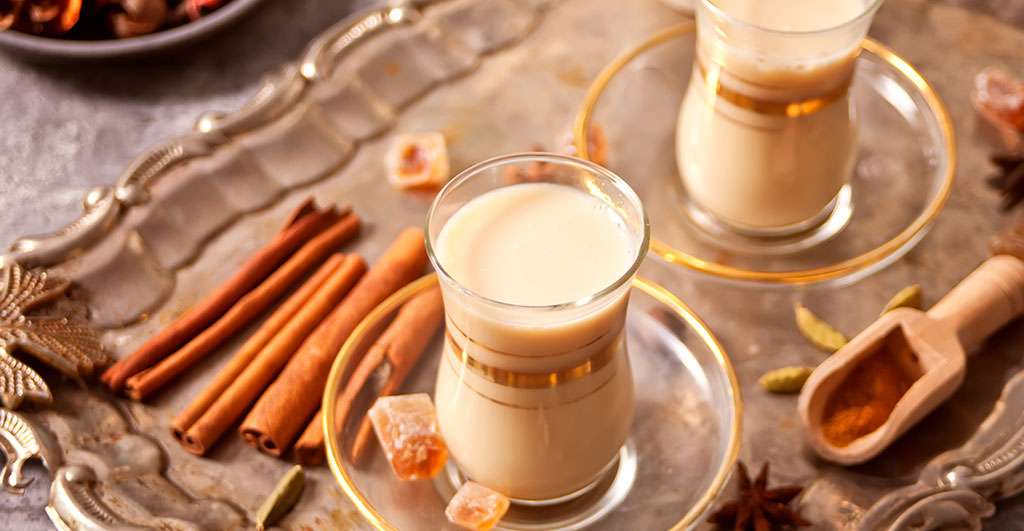Saffron Threads (Whole)-1g
523 in stock
Product Description
Saffron is the world’s most expensive spice by weight. The saffron threads are the whole stigmas from the purple-flowered crocus. Its golden colour can be imitated by cheaper spices such as safflower and turmeric. Saffron’s rich and delicate flavor is unmatched. Saffron is widely used to colour and flavour dishes in a variety of cuisines, including saffron rice, biryani, paella, risottos, and bouillabaisse.
Flavour Notes:
Saffron Threads are used for their slightly woody and sweet floral taste and aroma as well as their rich golden color and many medicinal benefits. Saffron’s golden colour can be imitated by cheaper spices such as safflower and turmeric, but its rich and delicate flavour is unmatched.
Culinary Notes:
Saffron threads are used in all manner dishes, particularly those that include seafood and shellfish, as well as a variety of rice, sauces, and soups. Saffron is the world’s most expensive spice by weight. Saffron threads are the stigmas of the purple-flowered crocus. Each flower produces only three threads, which are picked and sorted by hand. It is used to color and flavour dishes in a variety of cuisines, including Indian dishes such as saffron rice and biryani, Spanish dishes such as paella, Italian risottos, and French bouillabaisse, as well as a range of other recipes including bread, seafood dishes, and soups. Other names include, Yellow Flower, Crocus sativus, Safron, Saphron, Safran.
Health Benefits:
Saffron has health benefits and medicinal properties. It is considered as an antioxidant and disease-preventing. Its antioxidant properties protect the body from stress, cancer, and infections. It is also considered to be an antiseptic, antidepressant and help aid in the upkeep of good digestion.
It is a good source of minerals such as copper, potassium, calcium, manganese, iron, selenium, zinc, and magnesium. Additionally, it is rich in vitamin A, folic acid, riboflavin, niacin, and vitamin C. The abundance of vitamin A means that it is often considered to prevent retinal decay over time.
Ingredients and Country of Origin:
100% dried Whole Saffron Threads.
Product of Iran.
How to use
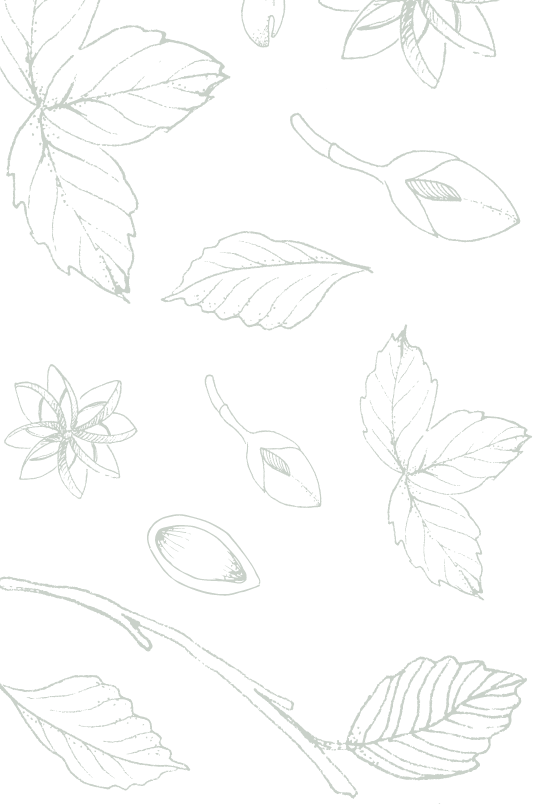
The Spice People FAQs


The Spice People FAQs
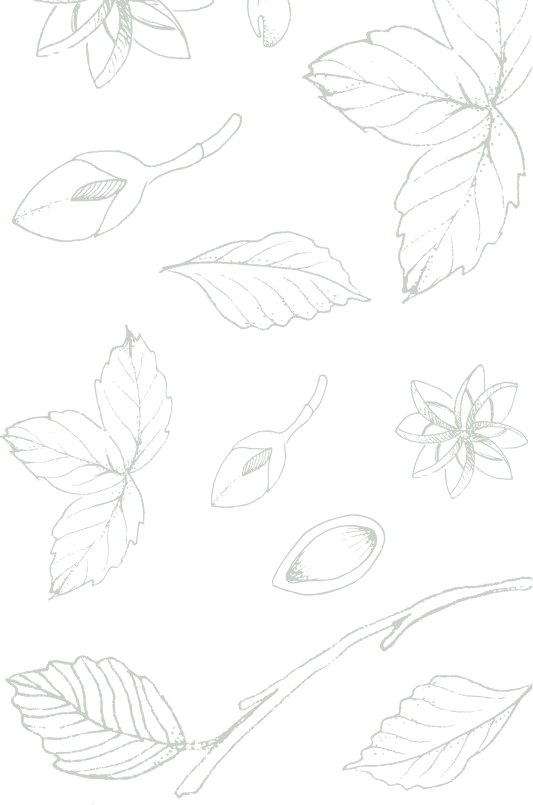
Other Spices you may like
Featured in



Join the Spice People to Get Started on Your Culinary Spice Journey!
Be the first to hear about our exclusive promotions, new product releases, recipes and more.

